How to Write a Formal Letter of Complaint Template
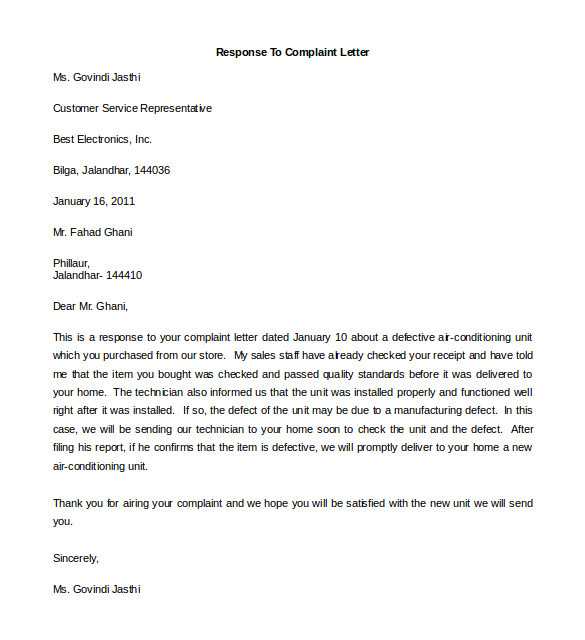
When facing an issue that requires resolution, expressing your dissatisfaction clearly and respectfully can make a significant difference. Whether dealing with a service provider, company, or organization, conveying your concerns in a structured and polite manner is essential for achieving a positive outcome.
Effective communication involves more than just stating the problem. It requires careful consideration of the tone, content, and format, ensuring that your points are communicated in a way that is both firm and courteous. Understanding the key elements involved in creating such a message is crucial for anyone seeking to address grievances.
In this guide, you will learn the most important aspects of drafting an effective correspondence that addresses your concerns, promotes understanding, and increases the chances of a favorable response. By following these guidelines, you can ensure that your message stands out while maintaining professionalism.
Understanding the Importance of a Complaint Letter
Addressing issues effectively is a critical aspect of maintaining healthy relationships with businesses, institutions, and service providers. A well-composed message can not only help resolve disputes but also improve future interactions. Knowing how to communicate dissatisfaction properly ensures that your concerns are taken seriously and prompts necessary actions.
Why Effective Communication Matters
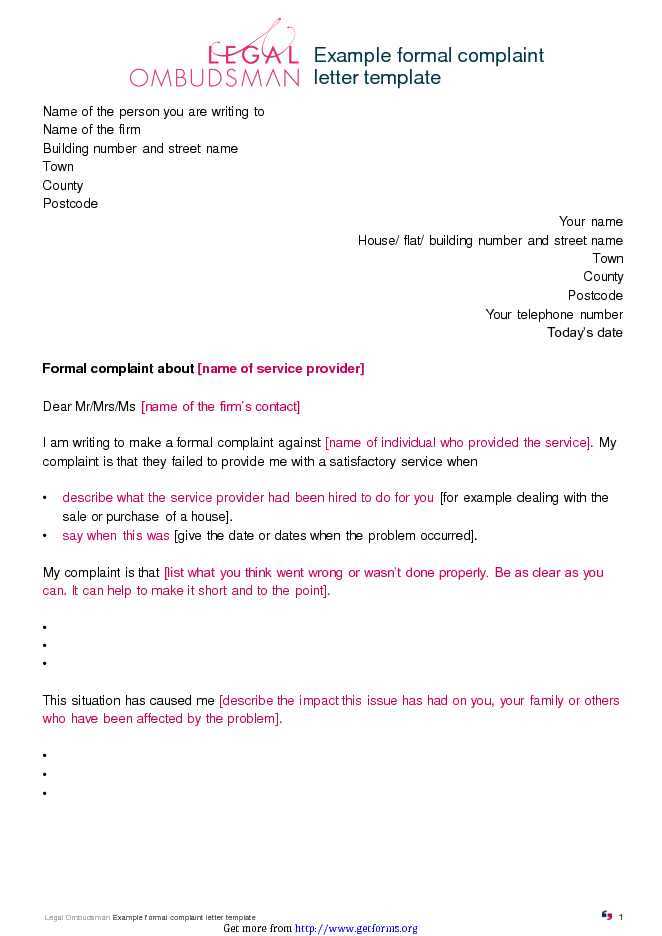
Clear and structured communication is essential for ensuring your voice is heard. Without it, you risk your concerns being misunderstood or ignored. A well-drafted message allows you to:
- Present your issue in a straightforward manner
- Provide relevant details to support your case
- Request a resolution that meets your expectations
Benefits of a Professionally Crafted Message
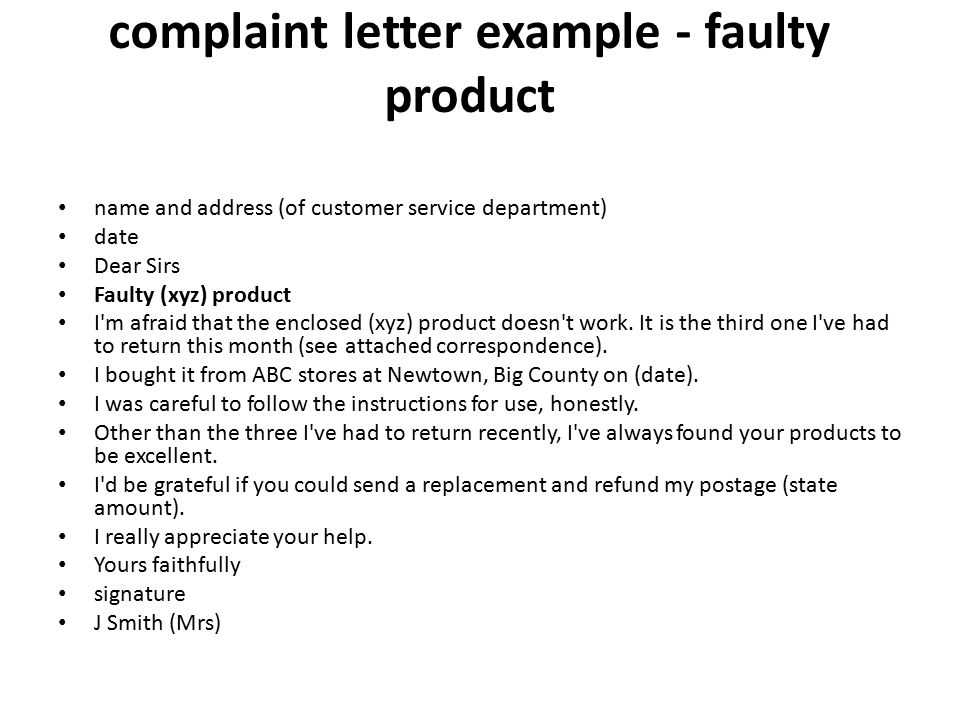
By taking the time to craft a professional communication, you improve the likelihood of getting a timely and positive response. The benefits include:
- Increased chances of resolving the issue promptly
- Maintaining professionalism even during difficult interactions
- Strengthening your credibility and assertiveness
Ultimately, the goal is to foster an environment where both parties feel heard, respected, and motivated to find a resolution. A carefully composed message is a tool that can make that happen.
Essential Components of a Formal Letter
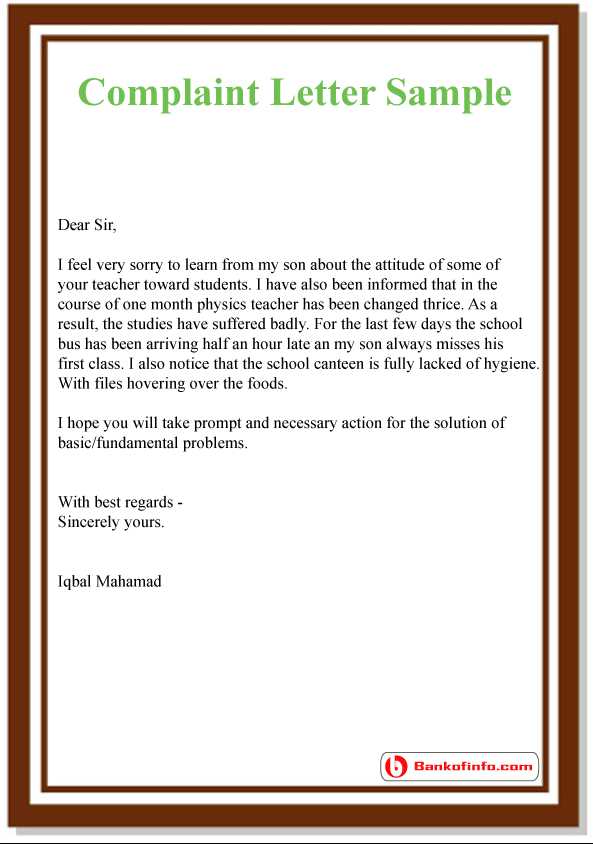
In order to ensure your message is clear, professional, and effective, it must include several key elements. Each component serves a specific purpose, from introducing your concern to providing necessary details and requesting a resolution. Properly incorporating these parts will help ensure your communication is well-received and taken seriously.
| Component | Description |
|---|---|
| Introduction | Clearly state the purpose of the communication, outlining the issue at hand. |
| Details | Provide relevant facts, dates, and any necessary context to support your case. |
| Request for Action | Specify what resolution you expect and any actions you would like to be taken. |
| Closing Remarks | End on a polite note, expressing hope for a timely and positive response. |
Each of these components plays a vital role in structuring an effective message. Omitting any of them may lead to miscommunication or delay in addressing the issue. By including these key sections, you ensure that your message is both clear and persuasive.
Steps to Writing an Effective Complaint
When you need to express dissatisfaction, it is important to follow a structured approach to ensure that your message is impactful and achieves the desired outcome. The key is to remain clear, concise, and respectful while presenting the issue in a manner that encourages resolution.
Organize Your Thoughts
Before beginning, take time to reflect on the problem. Identify the main points you need to address and gather any relevant information such as dates, names, and specific incidents. This will allow you to present your case logically and without unnecessary details.
Draft and Review
Once you’ve outlined your key points, start drafting your message with a clear introduction, detailed explanation of the issue, and a specific request for resolution. After drafting, review your message for clarity and tone, ensuring it remains professional and free of any emotional language.
Following these steps ensures your communication is effective and increases the likelihood of receiving a timely and satisfactory response.
Common Mistakes to Avoid in Complaints
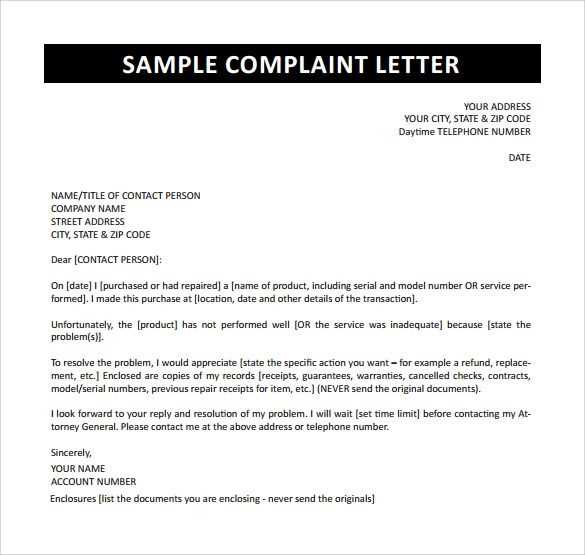
When expressing dissatisfaction, it’s important to be mindful of common errors that can undermine the effectiveness of your communication. Certain mistakes can make your message less clear, less professional, and even less likely to achieve the desired resolution. Being aware of these pitfalls can help you avoid frustration and increase your chances of a positive outcome.
Overly Emotional Language
While it’s natural to feel upset when facing an issue, using overly emotional or aggressive language can make your message appear hostile. Stick to a calm, respectful tone to ensure your concerns are taken seriously. Avoid using phrases that could be perceived as rude or inflammatory.
Lack of Specific Details
Vague descriptions or generalizations will not help the recipient understand your issue or how to resolve it. Be specific about what happened, when it occurred, and the impact it had on you. Providing clear details makes it easier for the other party to address your concerns appropriately.
Avoiding these common mistakes will ensure your message is clear, professional, and more likely to prompt a satisfactory response. Keep your focus on presenting your case effectively rather than venting frustration.
How to Maintain a Professional Tone
When addressing issues or expressing dissatisfaction, the way you communicate can significantly impact the response you receive. Maintaining a professional tone ensures your message is taken seriously and fosters a constructive atmosphere for resolving the matter. A respectful and composed approach can lead to better outcomes, even in challenging situations.
Stay Calm and Focused
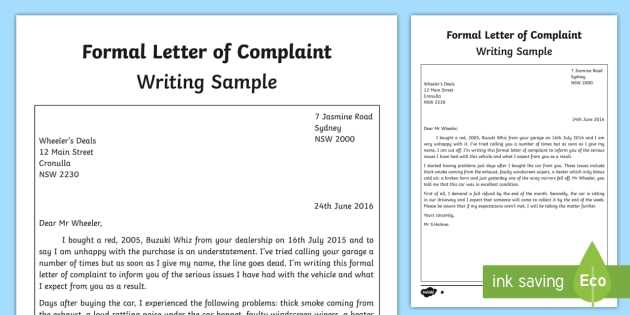
Regardless of the situation, it’s crucial to keep emotions in check. Avoid using inflammatory language or appearing confrontational. Focus on the issue at hand, not personal feelings, and keep your points clear and concise. This helps maintain the professionalism of your communication.
Use Polite and Respectful Language
Even if you’re upset, showing respect in your words can go a long way. Phrases such as “I would appreciate,” “Kindly consider,” or “I respectfully request” can help frame your concerns in a way that encourages cooperation. Keeping a courteous tone shows that you are interested in finding a solution rather than just venting frustration.
By following these practices, you ensure your communication remains effective, professional, and conducive to achieving the resolution you seek.
Tips for Following Up on Complaints
After sending your concerns, it is important to follow up if no response is received within a reasonable time. A well-timed follow-up can remind the recipient of your issue, demonstrate your commitment to resolving it, and prompt action. However, it’s important to approach this step with professionalism and patience.
Be Patient, But Firm
Allow sufficient time for the recipient to investigate and respond. If no action has been taken after a reasonable period, follow up politely but assertively. Acknowledge that you understand they may need time, but reiterate the importance of resolving the matter in a timely manner.
Provide Clear References
When following up, reference your initial message and any case numbers or details that help them track the issue. Including this information ensures that the person you’re contacting can easily access your original request and avoid confusion.
By maintaining a polite yet firm approach, you increase the chances of a positive outcome while ensuring that the process remains professional and productive.